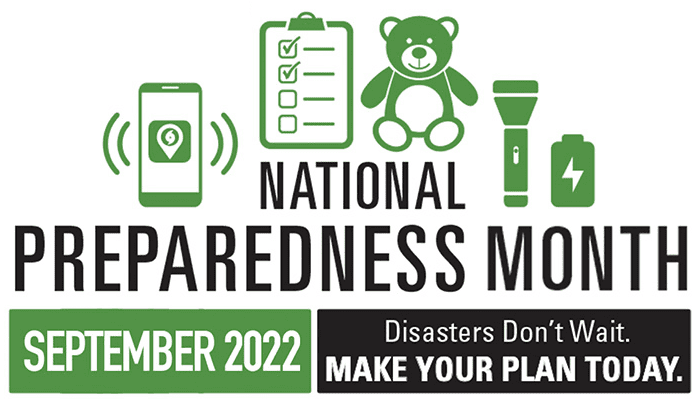High Alert Institute
Mechanisms of Injury

The “all hazards” approach to disaster preparedness is based on the concept that while adverse events can not be predicted in their timing, location or type there are limited ways in which they can impact a community, business, or individual. In disaster medicine we call these limited “mechanisms of injury.” In individuals the mechanisms of injury that may arise regardless of the type of adverse event are:
Asphyxiation
Burns
Crush injury
Drowning
Environmental exposure
Fractures
Group infections
Historically poor health
Impale
Jolts
Knucklehead
Laceration
Mental health
Nutrition
Asphyxiation covers everything from smoke inhalation to oxygen-poor environments to noxious gasses to chemical weapons.
Burns may be thermal burns, such as those found in fires and explosions; chemical burns, as found in chemical weapons and inadvertant chemical releases; as well as radiation burns from criticality and non-criticality events alike.
Crush injuries include everything from motor vehicle accident related injury to entrapment under a fallen building and cave collapses.
Drowning is quite obvious.
Exposure includes exposures to hot, cold environments as well as radiation in both the criticality and non-criticality type event.
Fractures are not limited only to bones, but to any body tissue or shock sensitive organ system.
Group infections deal with the events of the sanitation that impact evacuees, refugees and even the rescuers (everybody has heard of the “FEMA flu”). Group infections also include epidemics, pandemics and biological weapons.
Historically poor health deals with that 97% of all medical care rendered after the disaster. It is the exacerbation of pre-existing medical conditions that is inherent when chronically ill people are exposed to austere medical environments.
Impalement is again as obvious as drowning. It includes not only falling upon an object, but being thrown against a penetrating object or having a penetrating object thrown through you. Thus, it includes bullets as well as shrapnel.
Jolts are simply electrical injuries.
Knuckleheads represents all of the group events that culminate in the social anarchy like that which surrounded Hurricane Katrina. It was the knuckleheads who threw there fellow evacuees from the tops of parking structures and shot at the rescuers and rescue helicopters that attempted to come to the aid of survivors.
Lacerations are again obvious.
Mental health issues are often difficult to differentiate and are only now being recognized as the largest portion of healthcare surge after and event.
Finally, nutritional issues are perhaps the most difficult to deal with. A poorly prepared citizenry who themselves have not yet stocked sufficient amounts of food and water for even three days begin the problems while amassing large numbers of refugees and evacuees are a challenge for even the most organized of government agencies.
The predominant theme in “all hazards” preparedness is to develop resilience around the mechanisms of injury and ensure that there are sufficient resources to mitigate any stress along any mechanism.
High Alert Institute
4800 Ben Hill Trail
Lake Wales, FL 33898
Office: 863.696.8090
FAX: 407.434.0804
EIN: 27-5078437
Info@HighAlertInstitute.org
Privacy Policy
Cookie Policy
Terms of Use
Disclaimers
Get Your Data
Shipping Policy
Message Us
Transparency
Registrations
Do Not Sell Info
Return Policy
A COPY OF THE OFFICIAL REGISTRATION AND FINANCIAL INFORMATION MAY BE OBTAINED FROM THE DIVISION OF CONSUMER SERVICES BY CALLING TOLL-FREE, WITHIN THE STATE, 1-800-435-7352 (800-HELP-FLA), OR VISITING www.FloridaConsumerHelp.com. REGISTRATION DOES NOT IMPLY ENDORSEMENT, APPROVAL, OR RECOMMENDATION BY THE STATE. Florida Registration #CH68959
REGISTRATION WITH A STATE AGENCY DOES NOT CONSTITUTE OR IMPLY ENDORSEMENT, APPROVAL OR RECOMMENDATION BY THAT STATE.









